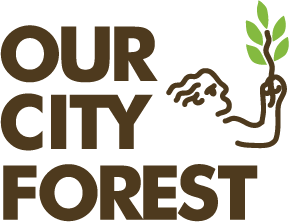Imagine that you’re a honey bee (Apis spp.) that has left your hive in search of nectar. After a short flight, you have found it: a beautiful sage flower, full of sweet nectar. You zero in on your flower. A deep buzz comes from your right. You see a black object twice your size fly right by and land on the flower you had set your simple-heart-tube on. That object was your distant cousin, a female Valley Carpenter Bee (Xylocopa varipuncta) and your cousin is very important to the pollination of native plants.
Viewing entries tagged
biology
What’s the first thing you think of when I say Humboldt? If you’re from California you could be thinking of the county, college, bay, fort, state park or wildlife refuge. If you’re from Nevada you might think of the river, the national forest, wildlife area, sink, saltmarsh, lake, mountain ranges, county or creepy ghost town. Dewy-Humboldt in Arizona, Humboldt Illinois, Humboldt Kansas, Humboldt Iowa, Humboldt Ohio, Humboldt Wisconsin, Humboldt Saskatchewan, it’s hard to escape Humboldt. Humboldt is everywhere. The Humboldt name graces multiple mountains and mountain ranges, forests, national parks, waterfalls, glaciers, an ocean current. and a giant sinkhole Animals and plants including, penguins, squid, bat, monkey(s), skunk, snail, an entire genus of flowering plants, legumes, endangered cactus, a beetle, river dolphins, a carnivorous plant, oak, orchid, lily and mushroom all bear his name. Humboldt is in outer space, the Mare Humboldt on the moon and two asteroids bear the name. That doesn’t even touch the organizations, institutions, monuments and other random things that are all called Humboldt.
So now that we’ve sprinted through approximately 480 million years of evolution, going from Charophyte algae to bryophyte moss to primitive vascular Cooksonia to the first forests it’s time stop, breathe, and look around at the plants in our lives.




